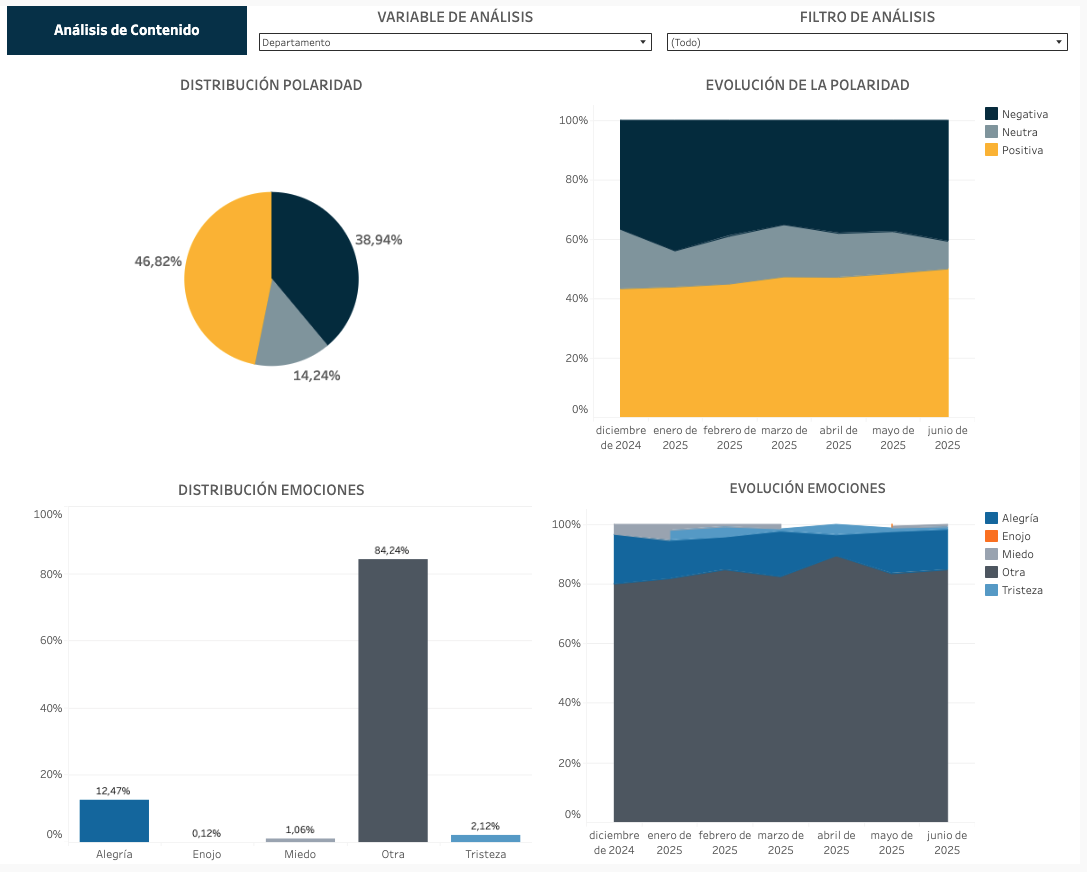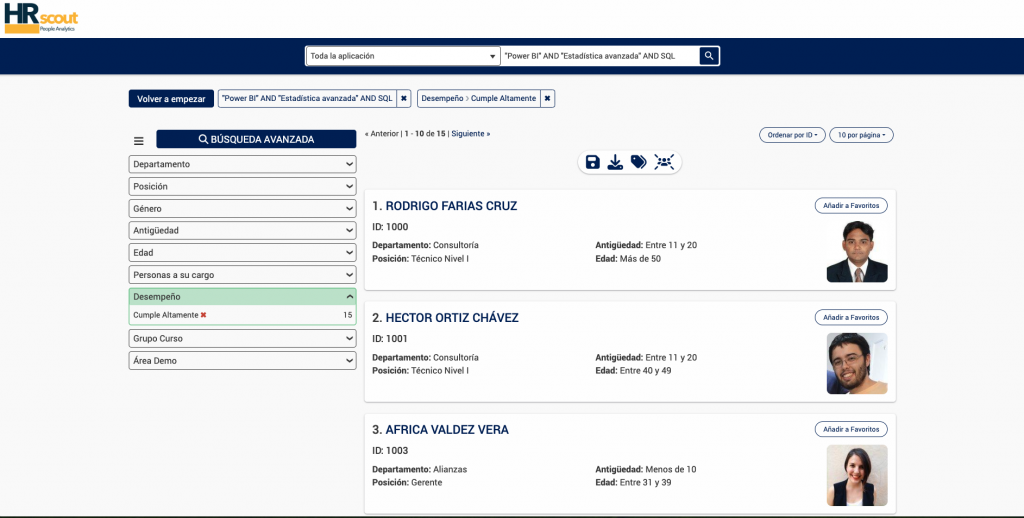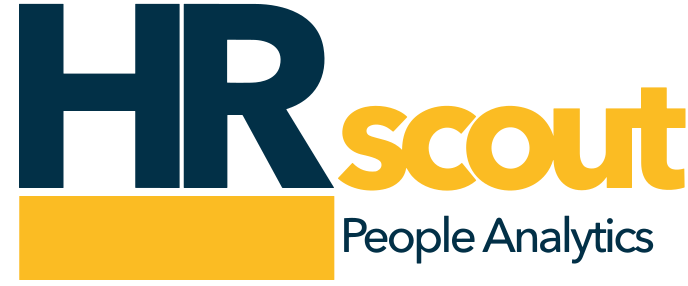“Like tears in the rain”: invisible information in people management.

CEO at HRscout
“I've seen things you wouldn't believe. Attack ships on fire off the shoulder of Orion. I watched C-beams glitter in the dark near the Tannhäuser Gate. All those moments will be lost in time, like tears in rain. Time to die.” The famous line uttered by the replicant Roy Batty in Blade Runner It is as poetic as it is devastating. It sums up the feeling of irreparable loss of something valuable that, once gone, can never be recovered.
If we transfer that image to the world of talent management in organizations, how much relevant information about our employees is lost, forgotten, or becomes invisible... every day in a similar way?
The problem of forgotten information
In many recruitment, assessment, or development processes, extremely valuable information is gathered:
- Previous experiences recounted in interviews.
- Qualifications or certifications mentioned on forms.
- Interests, motivations, and concerns expressed in open-ended questions.
However, once the process is complete, this data is often “filed away” in digital folders or, worse still, in printed documents. It is never consulted again. It remains buried in inaccessible information silos. It becomes what has come to be known as “hidden talent,” but in reality, our talent is not hidden; it has no intention of hiding. We are simply unable to access it. We do not see it among all our data; we are unable to process information that does not have a specific, defined structure.
The consequence is that the day we need to know who has experience with certain software, who has shown interest in leading projects, or who possesses critical skills for a new challenge—in short, “who has ever stood near the Tannhäuser Gate”—that information is no longer available. It hasn’t been lost; it has simply become invisible to our eyes, like “tears in the rain.”

No organization is capable of storing all employee information in a fully structured way; it’s simply not feasible. Nor can it accurately anticipate its future needs, which makes it unrealistic to try to classify today data that might not be relevant tomorrow… or that, on the contrary, could be critical. What is truly necessary is to have the ability to retrieve that information when needed, so that talent does not remain hidden and can be leveraged at the right time. This approach projects a clear image of how Human Resources manages its information in a solid and strategic way, ensuring that no relevant data falls through the cracks.
From forgetting to action: harnessing the potential of texts

Image from the HRscout application
Today, technology makes it possible to leverage all this “forgotten” information. Current systems can read, organize, and make sense of the information contained in texts, turning it into reusable knowledge. This represents a huge leap in the way talent is managed.
How? Let me show you some examples
Quick search for skills and experiences
All the information from résumés, interviews, and evaluations can be indexed so it is easily searchable. Thus, if tomorrow a project arises that requires “experience in cloud migrations,” you simply search for it to find out who in the organization already has it, even if that skill is not formally listed in their profile.
Detect hidden skills and certifications
Employees often mention training or skills in open-ended responses that are never formally recorded. Automating their detection allows you to complete the inventory of the organization’s actual capabilities and better plan development or internal mobility.
Better understand what concerns teams
Processing and summarizing thousands of open-ended comments from evaluations or engagement surveys helps identify patterns (workload, communication, leadership…) that might go unnoticed if read manually. Moreover, it enables conducting longitudinal studies on the topics detected in previous periods and allows us to observe how employee concerns change over time, even assessing the success of some of our initiatives.
Identify interests and aspirations
Text information also makes it possible to detect signs of interest in taking on new challenges, training in certain areas, or leading projects. This facilitates career planning and succession programs.

Image from the HRscout application.
A strategic asset: the diversity of talent.
Every time we archive qualitative employee information without processing it, we are wasting an asset of enormous value. It’s not just about making the search for internal talent more efficient, but about better understanding the people who are part of the organization.
The most valuable information about employees is often found in these texts: résumés, interviews, evaluation comments, open-ended survey responses. This is where the nuances, unique experiences, and individual aspirations that make the difference between people and teams are reflected. These texts are what best highlight the diversity and richness of human capital, because they go beyond structured data and reveal what truly makes each person unique within the organization.
As in Blade Runner, we cannot allow what our employees tell us—their experiences, aspirations, and capabilities—to be lost forever. Today, we have the opportunity to turn those “tears in the rain” into valuable data that accompany people in their growth within the organization.
HRscout is a solution that incorporates advanced algorithms that not only allow you to quickly index and find the information you need but also deeply analyze the texts generated by employees. Our solution can identify what topics they talk about, what their interests are, evaluate the polarity (positive or negative) of their expressions, and the emotions they convey. In addition, it transforms this knowledge into structured variables that can be used in other analytical models for classification, prediction, or attrition detection. In this way, HRscout turns scattered data into valuable, actionable information, enhancing decision-making in people management.
If you’re interested in learning more or would like to see practical examples, contact us and we’ll explain how, in a simple and quick way, you can carry out this type of analysis in your company.
